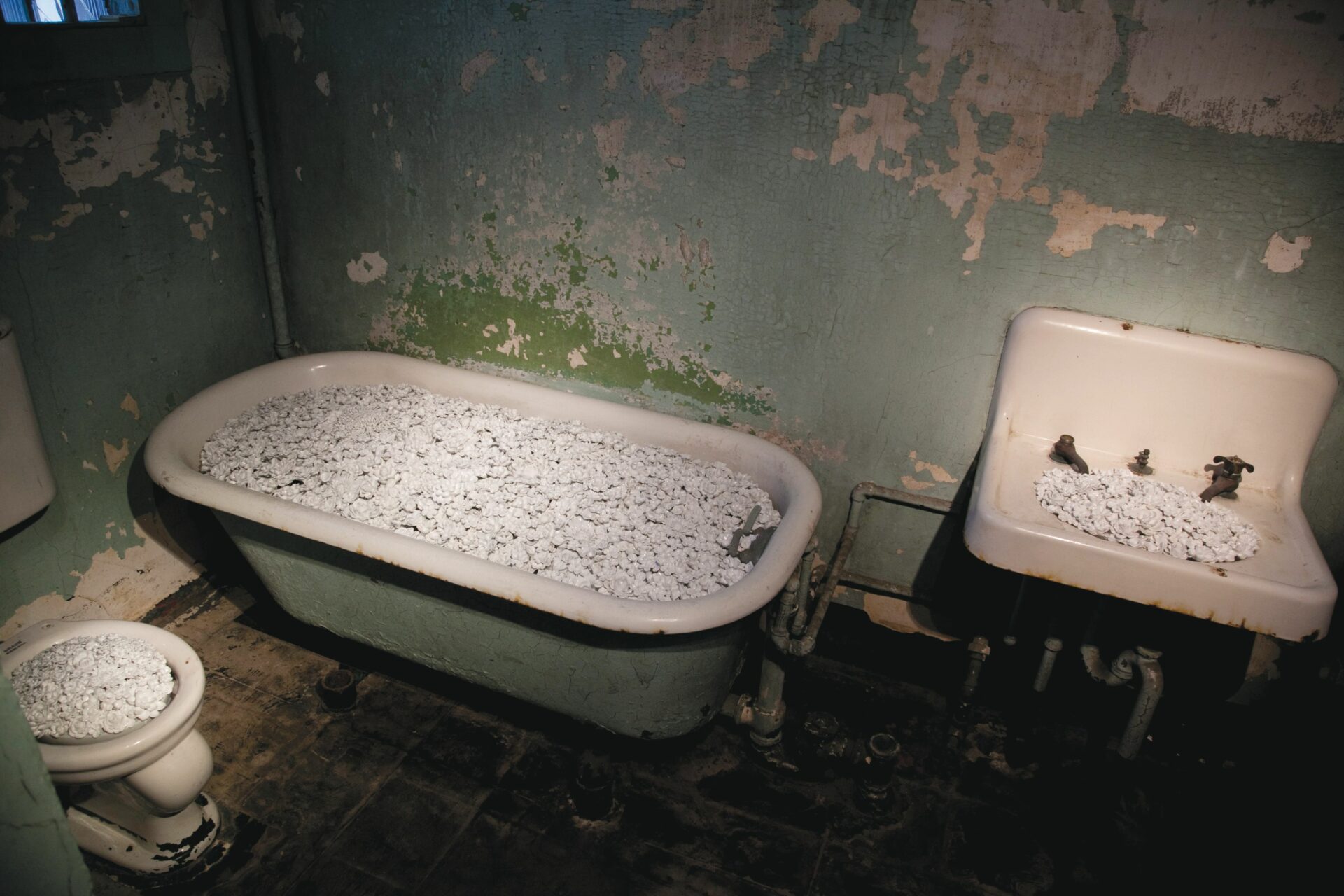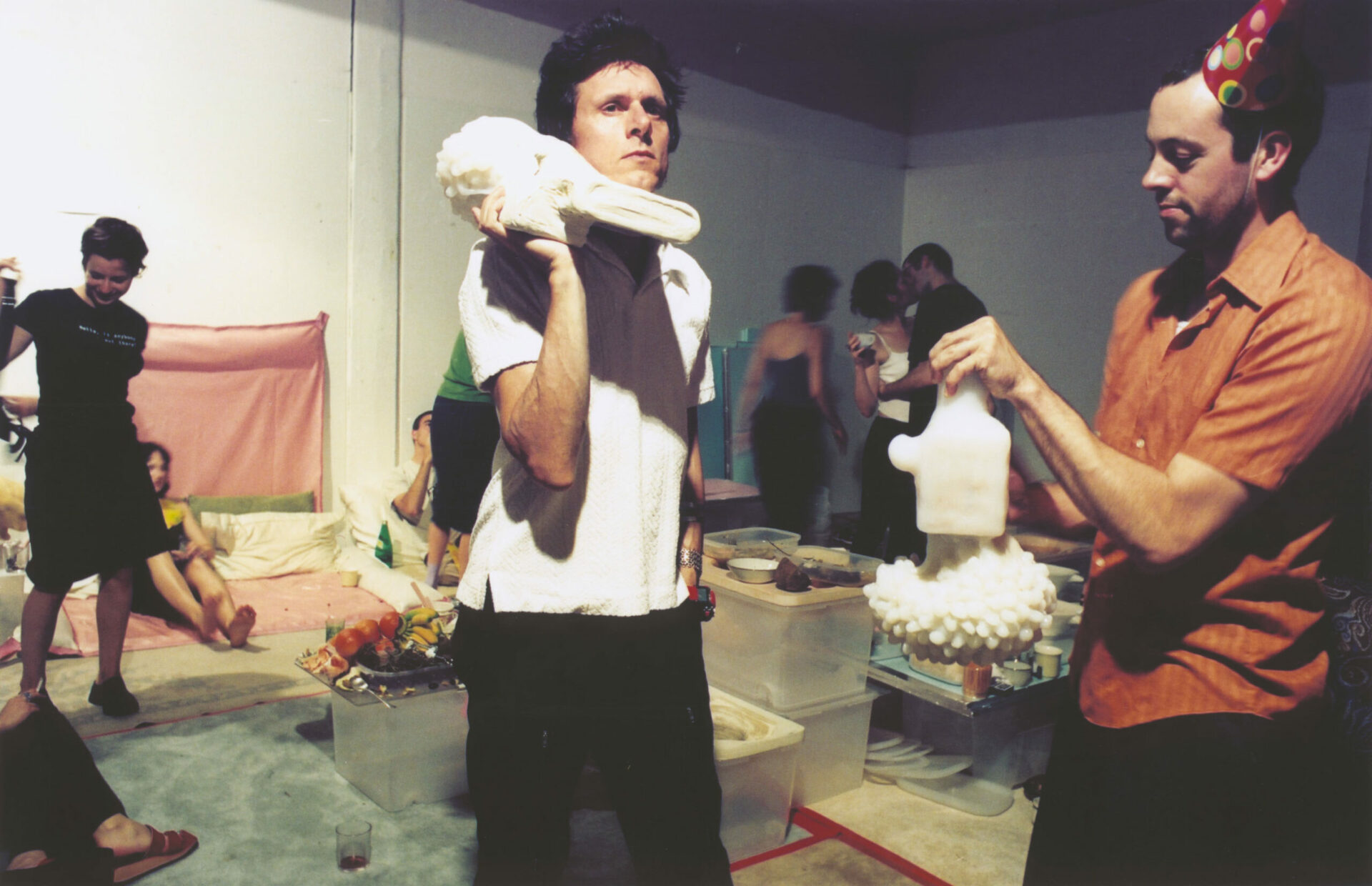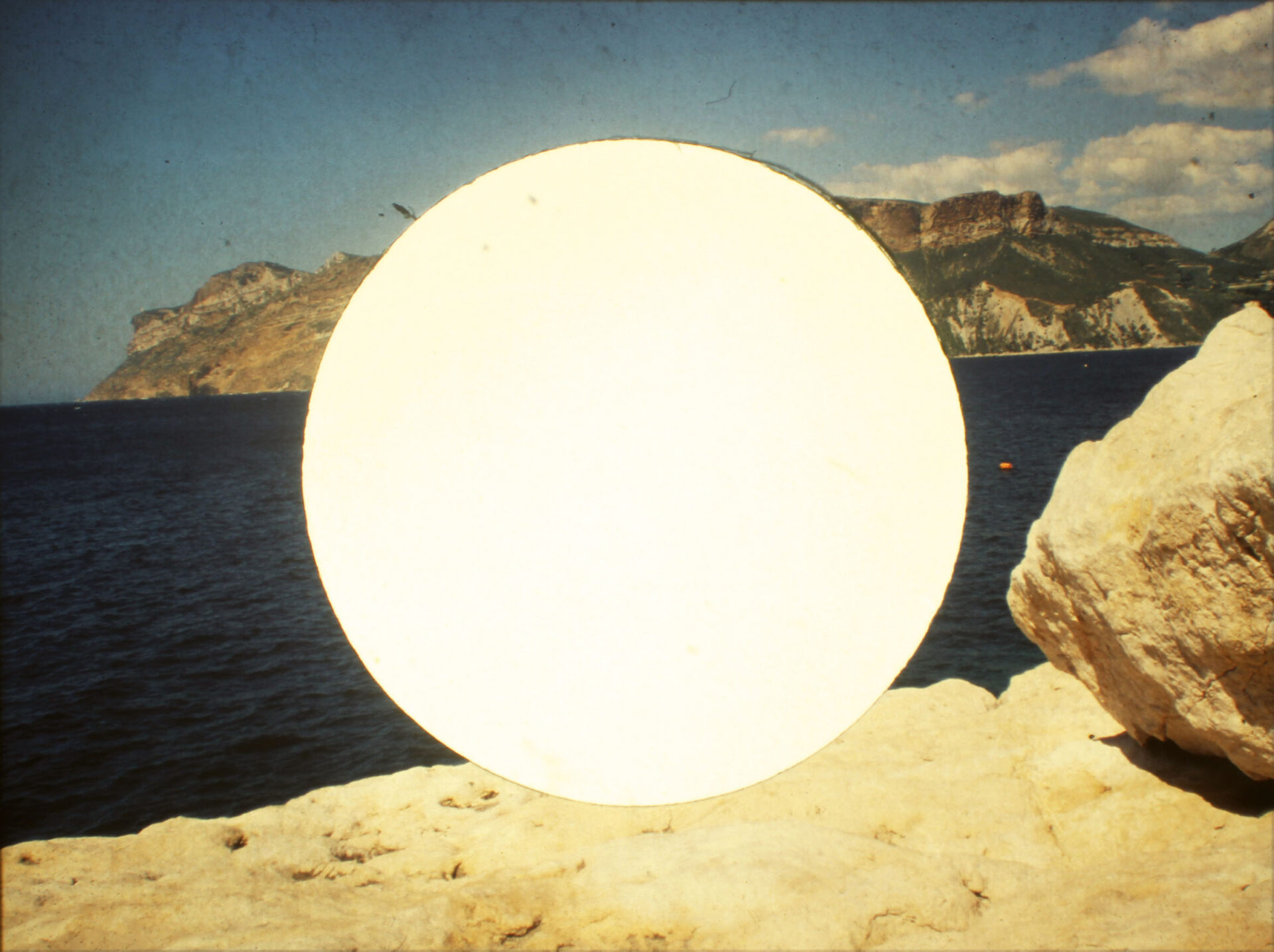
Floral Resistance to Authoritarianism and Incarceration in Porcelain Installations by Ai Weiwei and Cai Guo-Qiang
Flowers and porcelain are often disdained for their fragility, frivolity, and affectation. Yet there is a quiet strength in the vulnerability of a fresh blossom, or the equilibrium of a tapering vase, that can inspire those who have been forced to endure persecution and prejudice. As products of natural forces, they offer a concentrated metaphor for the cyclic rhythm of birth, death, decay, and renewal. The vanity of our place in these cycles and “the web of irreconcilable doubt and conflict”1 1 - Thomas H. Garver, Flora: Contemporary Artists and the World of Flowers (Wisconsin: Leigh Yawkey Woodson Art Museum, 1995), 11. 10. .in which our lives are enmeshed are laid bare by the realization that “only a single, small step … separates full, luxuriant bloom from wilting and death.”2 2 - Hans-Michael Herzog, The Art of the Flower: The Floral Still Life from the 17th to the 20th Century (Zurich: Edition Stemmle, 1996), 10. 11. .At the same time, shaping clay into complex forms or arranging colourful blossoms provides a welcome reassurance of our ability to create order. Flowers and porcelain are emblems of a human need for sustenance and fulfilment — the table and garden, in their promise of abundance, are “reflections of paradise [et] an ultimately desirable state of being.”3 3 - Edward Lucie-Smith,Flora: Gardens and Plants in Art and Literature (New York: Watson-Guptill, 2001), 12. .These sanctified spaces of cultivation and community are also a stage for everyday rituals of commemoration, family, and friendship in which flowers and porcelain serve as crucial tokens of remembrance.




